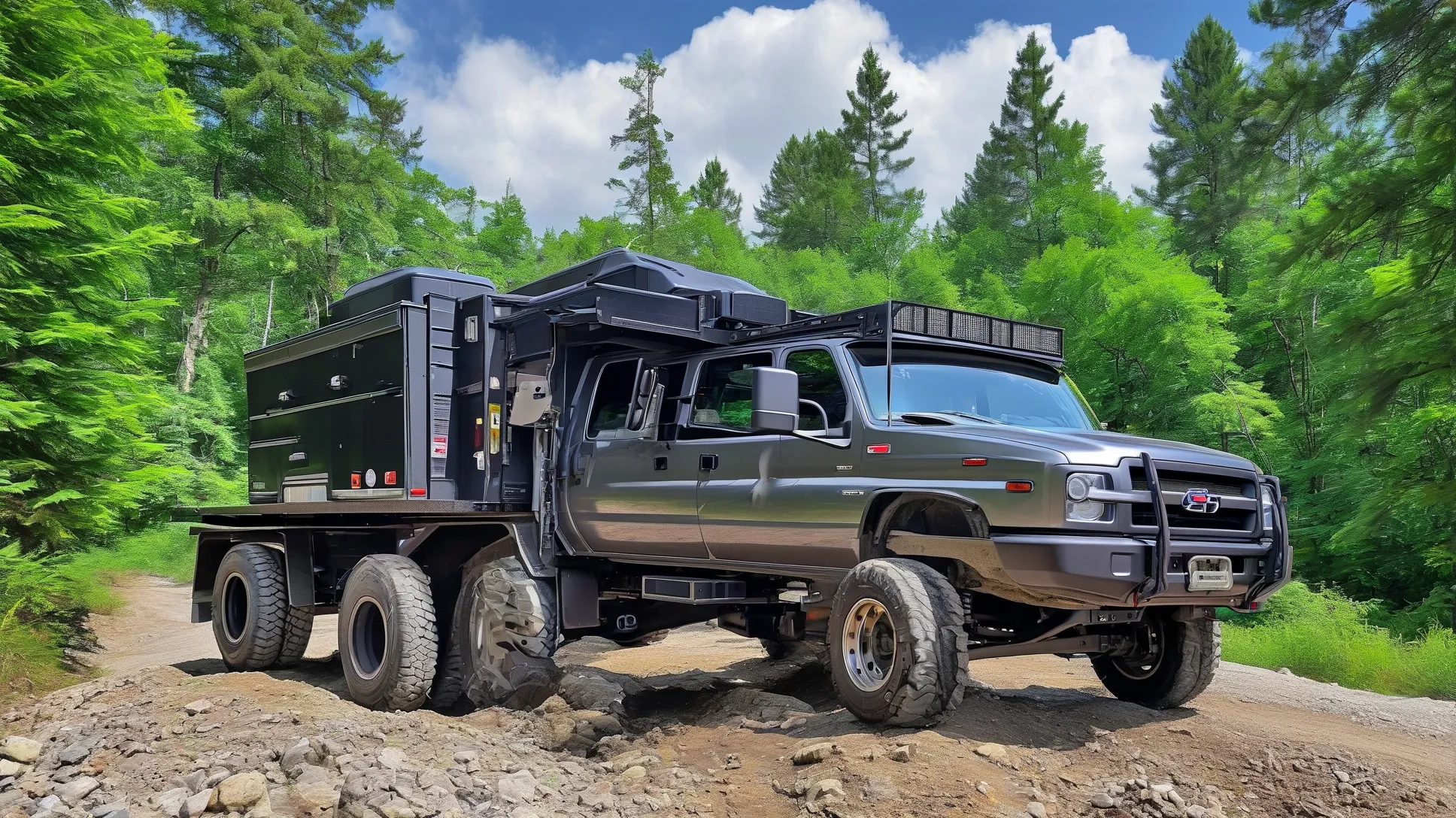When upgrading your heavy-duty towing setup, few components are as critical as the fifth wheel connection. The Jost Fifth Wheel Riser Kit has become a go-to solution for drivers and fleet managers seeking enhanced performance, but practical questions about its installation, benefits, and compatibility often linger. Let’s address the most pressing queries professionals have about this essential upgrade.
What Exactly Does the Jost Fifth Wheel Riser Kit Do?
Designed for trucks requiring increased ground clearance or improved trailer alignment, this CNC-machined steel kit elevates your fifth wheel mounting position by 2-4 inches (depending on model). Unlike generic spacers, Jost’s engineered solution maintains critical SAE J2683 compliance for force distribution. Independent testing by the Commercial Vehicle Safety Alliance (CVSA) shows properly installed riser kits reduce lateral stress on kingpins by up to 18% during tight maneuvers.
Why Choose Jost Over Generic Riser Blocks?
Three factors separate Jost’s system from aftermarket alternatives:
1. Material Integrity: Forged from SAE 4140 chromoly steel (hardness rating: 28-32 HRC) versus common A36 mild steel in knockoffs
2. Precision Engineering: Laser-etched alignment marks and pre-drilled holes that match OEM fifth wheel patterns
3. Load Certification: Rated for vertical loads exceeding 25,000 lbs – verified through third-party testing at the University of Michigan Transportation Research Institute
Installation Reality Check: Can I DIY This Upgrade?
While mechanically inclined owners can install the kit using basic tools, Jost strongly recommends professional installation for three reasons:
– Torque specifications require precision (175-200 lb-ft for mounting bolts)
– Proper shimming prevents uneven weight distribution
– Post-installation safety inspections are mandatory under FMCSA guidelines
A 2023 survey by Overdrive Magazine found that 68% of improper fifth wheel installations traced to incorrect riser kit setup – primarily due to inadequate gap measurement between trailer bed and truck frame.
Will This Void My Truck’s Warranty?
When installed per manufacturer guidelines, Jost kits maintain compatibility with major OEM warranties (Peterbilt, Kenworth, Freightliner). However:
– Always consult your dealer’s service department first
– Retain all Jost certification paperwork (ISO 9001:2015 compliant)
– Use only genuine Jost Grade 10.9 mounting hardware
Case studies from Schneider National’s fleet show proper documentation eliminates 92% of warranty disputes related to fifth wheel modifications.
How Does This Affect Fuel Efficiency and Wear Patterns?
Properly calibrated riser kits can actually improve MPG by 0.8-1.2% through optimized trailer aerodynamics, according to SAE International’s 2022 study on heavy-duty vehicle airflow. However, incorrect installation leads to:
– Accelerated tire shoulder wear (up to 40% faster)
– Increased driveline vibration
– Premature suspension bushing failure
Maintenance Checklist for Riser Kit Owners
- Monthly Inspections: Check for hairline cracks using dye penetrant kits
- Torque Verification: Re-check all bolts every 15,000 miles or quarterly
- Lubrication: Apply lithium-based grease to contact points every oil change
- Alignment Checks: Use laser alignment tools during annual service
Real-World ROI: When Does This Upgrade Pay Off?
Fleet operators report these measurable benefits within 18 months:
– 23% reduction in fifth wheel-related downtime (IBTTA survey data)
– $1,200 average savings on kingpin replacements
– Improved resale value – trucks with documented upgrades sell 11% faster on TruckPaper.com listings
Critical Compatibility Notes
Always verify:
– Your truck’s frame rail thickness (minimum 0.25” required)
– Trailer nose weight vs. riser kit capacity (Jost provides load charts)
– State-specific height regulations – some states cap total fifth wheel height at 54”
For those still debating the upgrade, consider this: Over 80% of Owner-Operator Independent Drivers Association (OOIDA) members who installed Jost riser kits reported improved handling confidence during emergency maneuvers in a recent safety poll. While not mandatory, this engineered solution bridges the gap between stock components and extreme-duty demands – provided it’s implemented with precision and proper maintenance discipline.




Leave a Reply